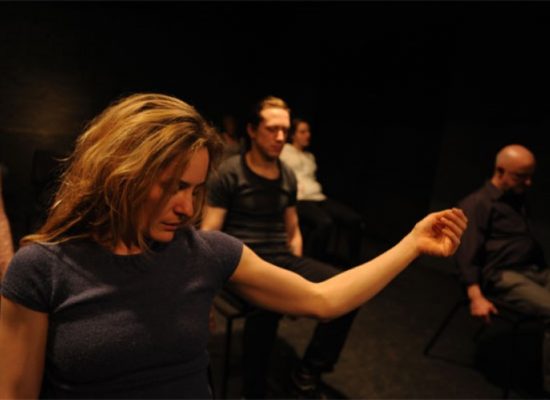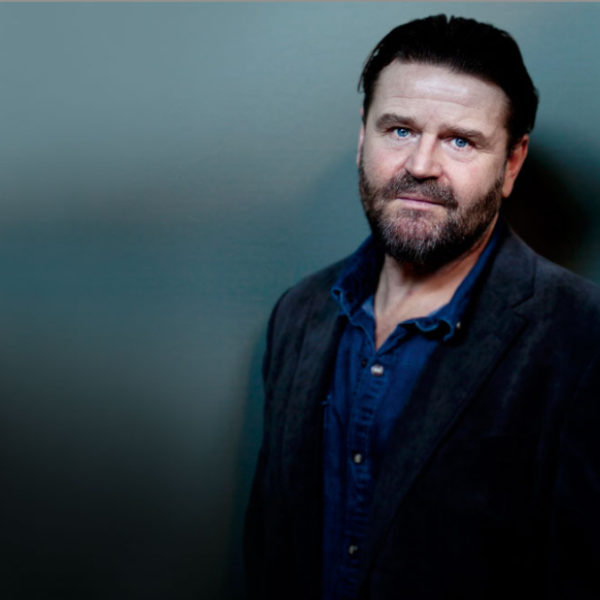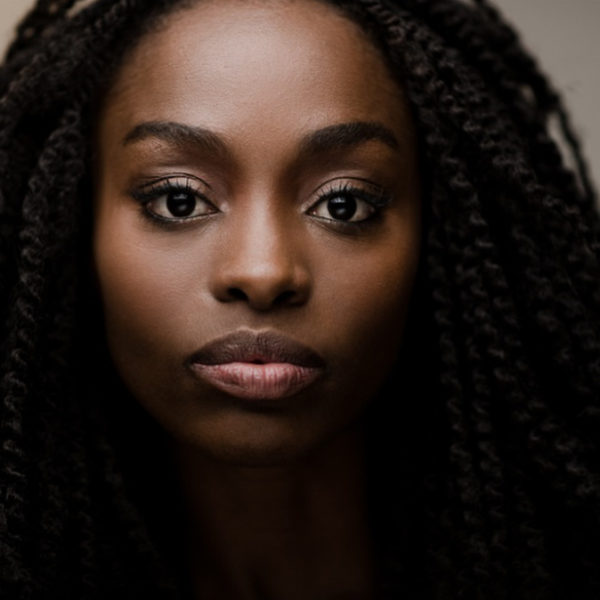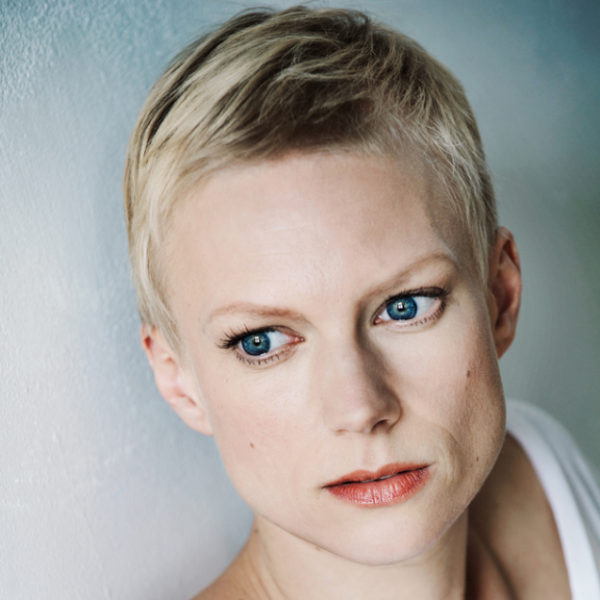The Importance of Breathing and Relaxation

BREATHING
The word ‘inspire literally means ‘to breathe in. The ancients thought that an essence of divine spirit permeates us each time we inhale.
And, in fact, when we inhale, we breathe in life-giving oxygen. Expire means to breathe out. It also means ‘to die. We exhale deadly poisons and wastes. In a sense, we are continuously inhaling life and exhaling death with each breath. So when an actor experiences that rush of divine inspiration which results in unique creative expression, you can bet the farm that actor breathes well. Most of us, however, take breathing for granted. We breathe well enough to stay alive. But that’s not good enough for the actor. As with singers and athletes, actors must be expert breathers. Breathing should be even and fairly deep, originating muscularly from the diaphragm. If you listen closely, you can hear where a person places their breathing. Many teenagers, for instance, place it in or just below the throat. It takes some time to train the musculature to breathe from the diaphragm. The rewards, however, are great. For deep within the chest lives the mysterious and powerful ‘magic button.’
RELAXATION
The actor must train every muscle group of the head, face, body and respiratory system to be free of tension.
By learning to identify the subtlest tension anywhere in the instrument (body), he or she can instantly locate physical and emotional blocks. Of particular importance are muscles of the face, brow, jaw, mouth, larynx, neck, shoulders, spine, wrists, hips and feet. Breathing technique is emphasized throughout the exercise. Flexibility stretching is incorporated for the neck, shoulders, chest (most actors do not have sufficient flexibility in the upper torso), pelvis and feet. The actor vocalizes deep, open sounds from the diaphragm when tension or anxiety is encountered. Occasionally the actor releases strong emotions locked in blocked muscles, particularly from the shoulders and upper back. The exercise initially takes about 60 minutes, then is progressively shortened as the musculature is trained, until full relaxation can be achieved in 15 to 20 minutes. This technique achieves several positive objectives. The actor learns to breathe correctly and powerfully. Unintended tension, anxiety or physical or emotional distress can cause the actor’s breathing to become shallow and sporadic. This blocks the natural flow of physical and emotional impulses and their expression, limiting the actor’s creative state. The actor learns to feel and express impulse from all parts of the body, attaining far more potential for unique and creative expression. Even when playing a tense, neurotic or emotionally blocked character, the actor must start with a base of total relaxation, then construct the specific neuroses and tensions of the character, just as a painter starts with a blank canvas. Because of the length and intensity of the exercise, powers of concentration develop. The actor begins to understand experientially the principle of “linethrough,” of continuing an emotional and physical state-of-being through time and space without selfconsciously disconnecting or monitoring the performance. The exercise also greatly relieves performance anxiety, establishes discipline and refreshes the creative spirit.


